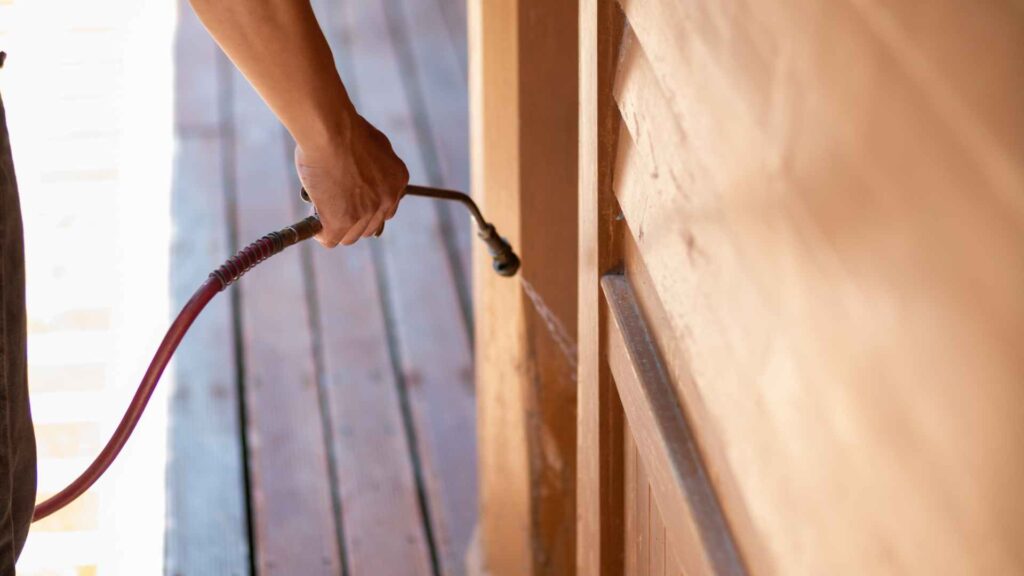Table Of Content
ToggleAs a pest control expert, I frequently encounter homeowners worried about how to stop mice from coming through vents.
Mice are surprisingly adept at squeezing through tiny openings, and vents can be a common entry point for these unwanted guests.
This guide will equip you with the knowledge and strategies to keep these critters out of your ventilation system and your home.
Mice in vents are more than just a creepy annoyance. They can wreak havoc on your HVAC system, chewing on wires and insulation, leading to costly repairs. Worse yet, their droppings and nesting materials can harbor allergens and bacteria, posing a health risk to your family.
The first step to stopping mice is figuring out how they’re getting in. Here’s how to play detective:
Once you’ve identified the entry points, it’s time to seal them up! Here’s what you’ll need:
Remember: Use durable materials like metal mesh and high-quality caulk to ensure a long-lasting barrier.

Looking for a more natural approach? Here are some non-chemical methods to deter mice:

Chemical repellents can be an option, but use them with caution:
Important Note: Always follow the manufacturer’s instructions carefully when using any chemical repellents.
The best defense is a good offense! Here’s how to prevent mice from ever considering your vents:

As a pest control expert, I understand the frustration of dealing with mice. By following the strategies outlined above, you can effectively stop mice from coming through your vents and ensure a pest-free home.
Remember, taking prompt action and maintaining a vigilant approach are key to long-term success. If the problem seems overwhelming or you suspect a large infestation, don’t hesitate to call a professional pest control service.
Mouse-proofing air vents involves several steps to prevent mice from entering your home through these openings. First, inspect the vents for any gaps, cracks, or openings that mice can squeeze through. Use materials like steel wool, wire mesh, or hardware cloth to seal these gaps effectively. Additionally, apply caulk around the edges of vent covers to ensure a tight seal. Regular maintenance and inspection of vents are also crucial to keep them mouse-proof over time.
Mice are known to dislike the smell of certain strong scents, such as peppermint oil, eucalyptus, and cloves. These scents can act as natural repellents and deter mice from entering specific areas. However, it’s essential to note that while these scents may discourage mice temporarily, they are not always a foolproof solution for long-term mouse control.
Duct cleaning alone may not completely get rid of mice infestations in your home. While cleaning ducts can remove debris and allergens, it typically does not address the underlying issue of mice entering and nesting within the ductwork. To effectively eliminate mice, it’s crucial to identify and seal entry points, use traps or repellents strategically, and maintain proper hygiene to discourage their presence.
Placing a mouse trap directly inside a vent is not recommended as it may not be effective and can cause complications. Mice may avoid traps placed in such locations, and retrieving trapped mice from vents can be challenging and unsanitary. It’s better to place traps in areas where mice are known to travel, such as along walls or near entry points, and ensure they are safely accessible for disposal. Additionally, using a combination of mouse-proofing techniques and traps is often more successful in managing mouse infestations.
Your trusted pest control experts in Southern California. Keeping your neighborhood pest-free!